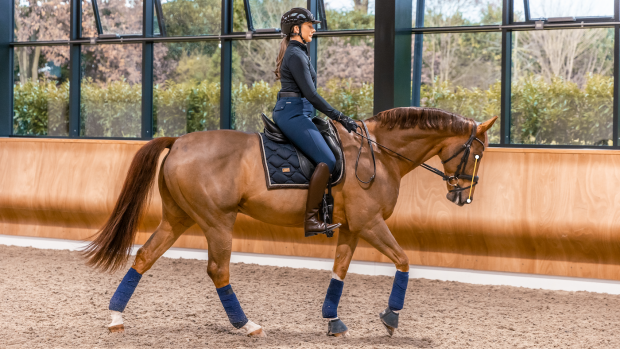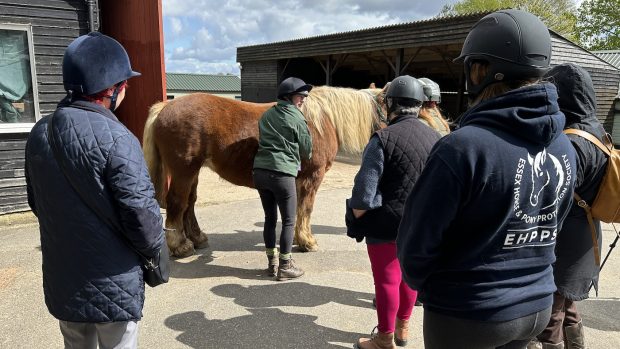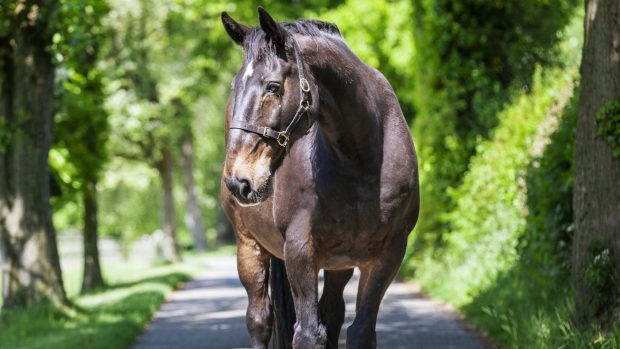If you would do anything to avoid breeding a chestnut horse, good news — researchers at the University of the Basque Country in Bilbao, Spain, have developed a test to identify the chestnut genotype.
In some breeds — such as the Suffolk punch — horses are exclusively chestnut. But in others the colour is not acceptable.
For pony breeds in the Iberian Peninsula of Spain, black and bay are regarded as original coat colours, and chestnut progeny are not allowed in the official studbook of the Cantabrian Coast pony breeders.
Researchers believe chestnut genes were introduced in the 1930s when Cantabrian Coast mares were put to stallions of other breeds to “improve the capacity for agricultural work and meat production”.
But today, the colour is frowned upon in the breed society.
The new process uses a system called SNaPshot, to detect the single DNA variations responsible for the chestnut colour.
Nigel Cowgill from the Cleveland Bay Horse Society said: “In the past 100 years occasional stallions have been ostracised or exported when they threw chestnut stock.
“We have considered the chestnut test, but the chances of a chestnut Cleveland bay are less than one in a 100.”
This article was first published in Horse & Hound (11 February, ’10)





